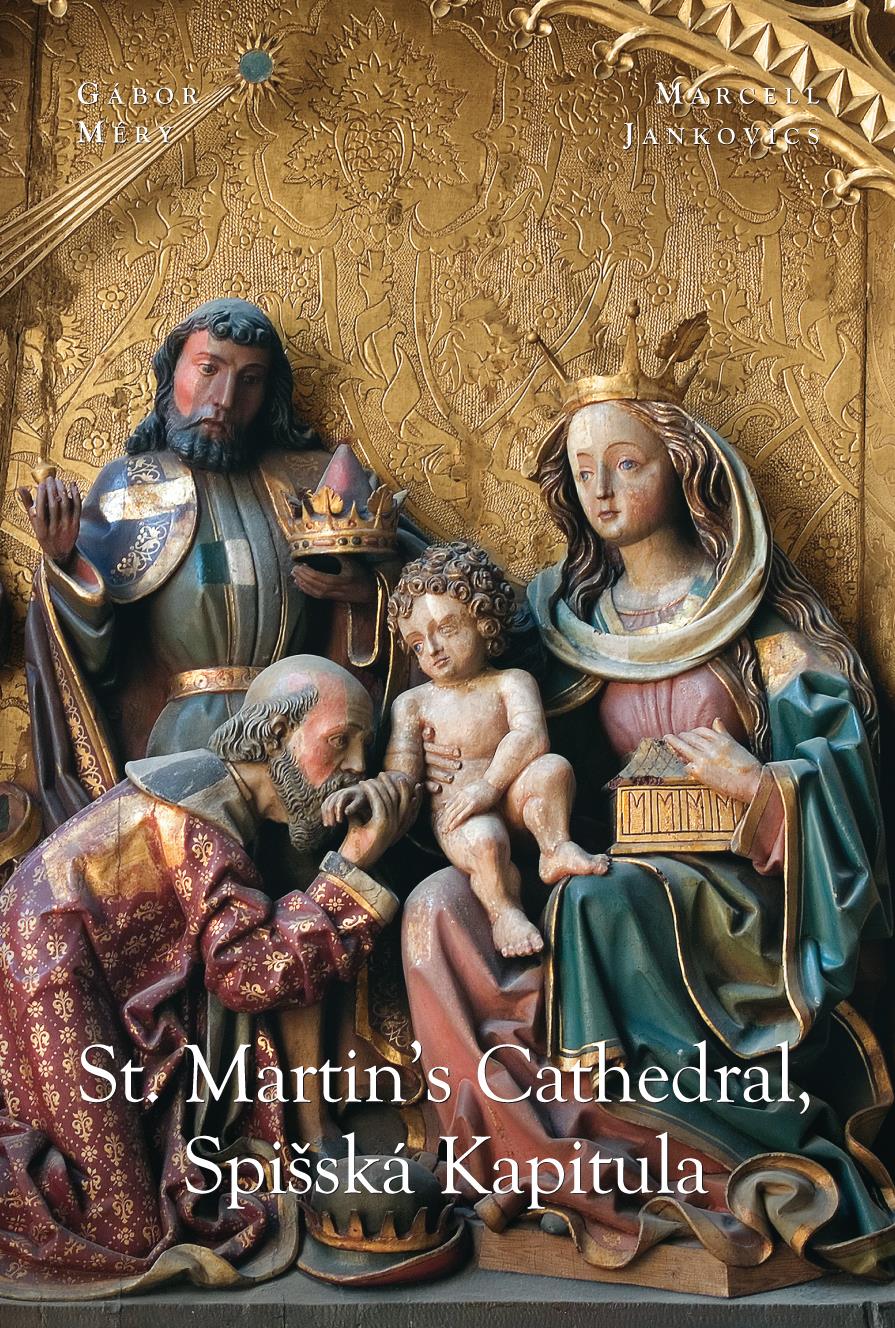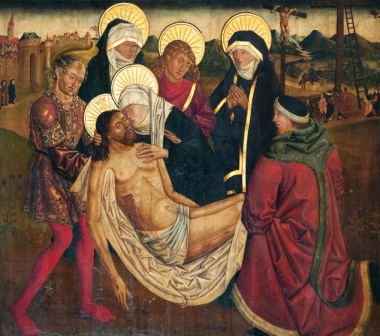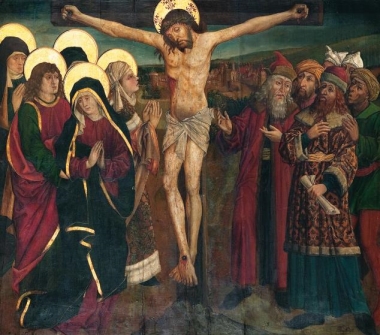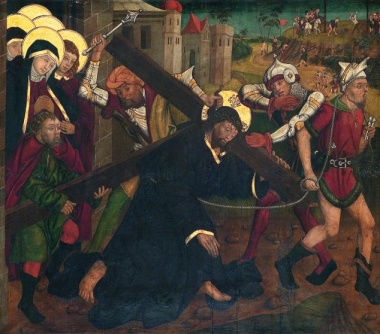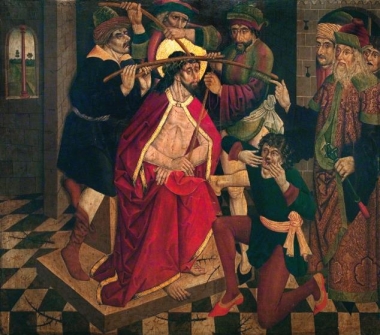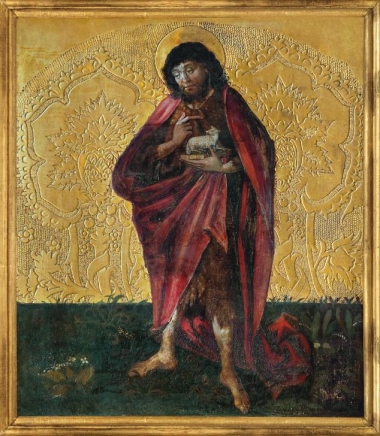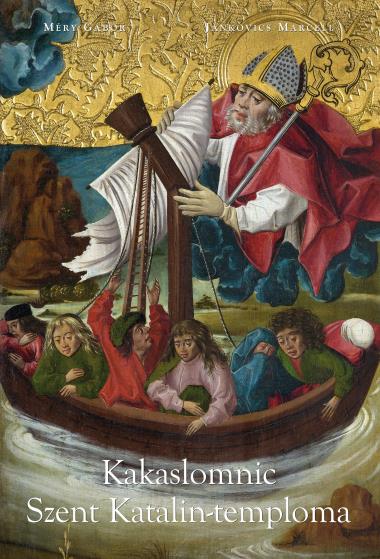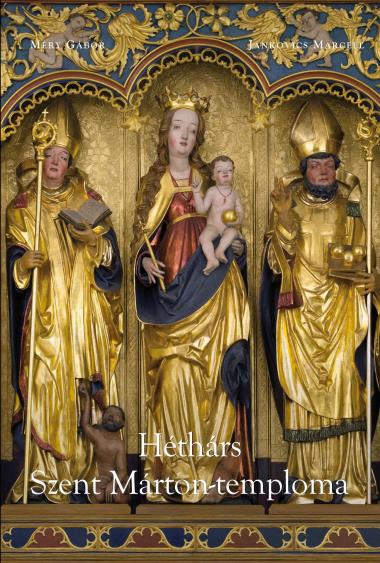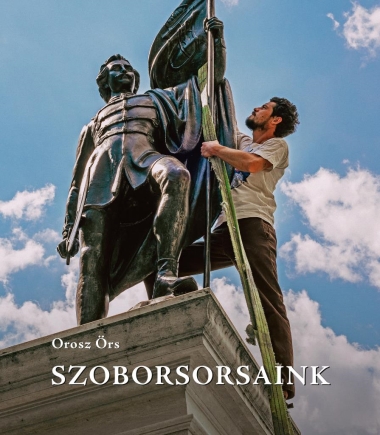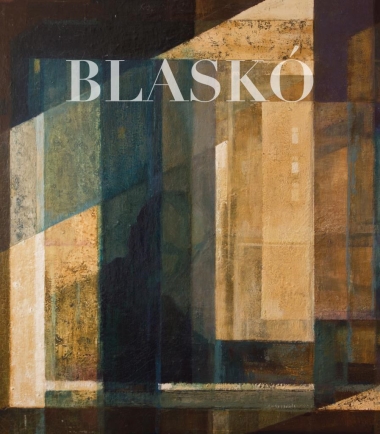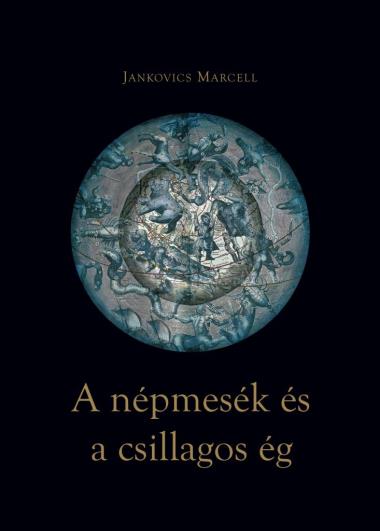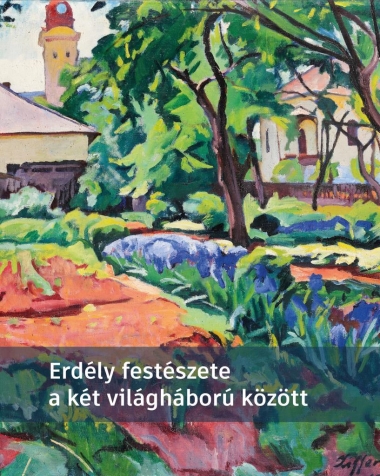The first thing you note is a sublime ruinous castle crowning a barren hill. It might appear at first sight as if the white walls were a natural continuation of the chalk tuff protruding from the grassy hillside. Somewhat further away one catches sight of two towers of the church of Spišská Kapitula (Szepeshely) peeping out from behind a closed ring of castle walls. Only then do you notice Spišské Podhradie (Szepesváralja), if at all. In fact you might well become distracted by a third amazing sight – the lonely and gorgeous chestnut ally along the road comes over particularly spectacular against the dreary landscape in which it is set. The ‘city’ is the seat of the bishop and chapter of Spiš in Slovakia, on St. Martin’s Hill which rises to the West of Spišský Hrad -the Slovakian Vatican, as it is called today. Spišský Hrad and Spišská Kapitula lie in the heart of historical Spiš (Szepesség) province and, within that, of Spiš County – a spot of strategic importance. The people of this castle and small city, founded by Hungarians in the 11th-12th centuries, acted as defendors of the region – indeed, of the entire kingdom. The castle has been the seat of the Count of Spiš, of castellanes, stewards and sheriffs – what you will. Their mission was to protect the Northern borders of the country at the head of the ''Gömör guard'' and later the Spiš lancers who were made to settle here. Spišská Kapitula, with its canons, headed by the provost, served in the Middle Ages as the chancellors'' seat for the count of Spiš. Close ties between the two places are shown, besides their geographic proximity, by the fact that Spišská Kapitula was built on a small hill named after St. Martin the border protector, and the provost''s church, founded by Hungarians, which later advanced to become a bishop''s cathedral, were also named after this border protecting saint. This is true to the way in which the churches of the surrounding border protecting villages feature wall paintings of the legendary of that other great border protector, King St. László.
